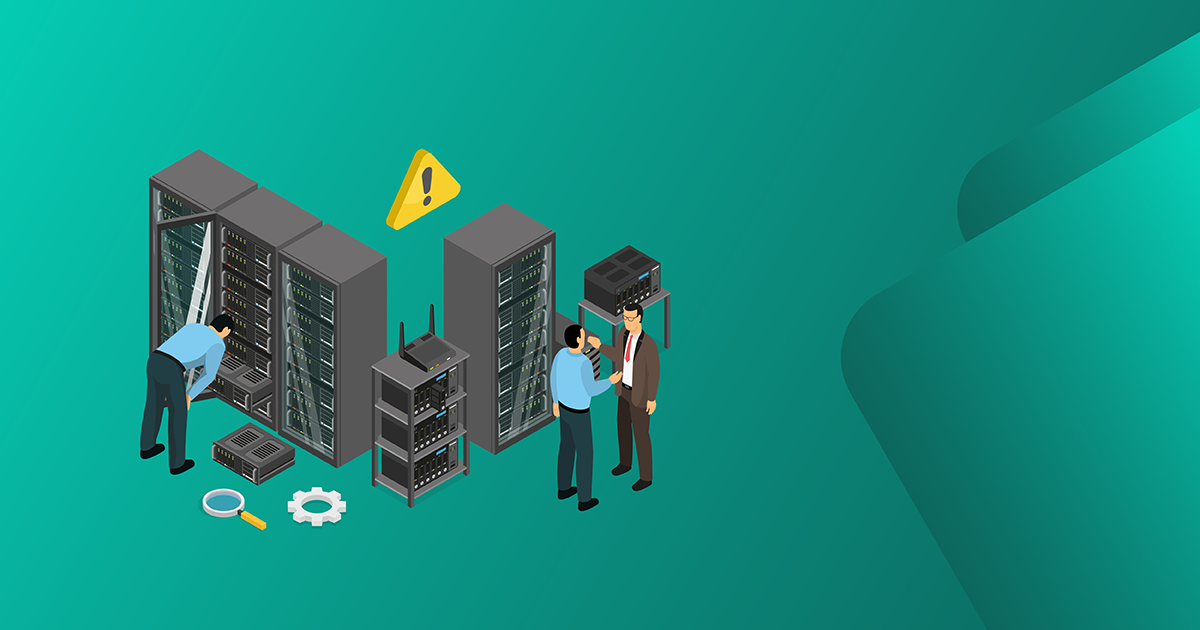

With banking and business more interconnected than ever, the focus today is on delivering a seamless, simple, and personalized customer experience. In this age of "on-demand service," banks are expected to continuously innovate with speed while ensuring the safety and resilience of their IT infrastructure.
However, the biggest hindrance for banks in achieving an agile rollout of new business services is the reliance on dated legacy systems. These systems are a key reason why banks struggle to meet fast-evolving business needs, especially in delivering banking and payment services through digital channels.
Banks extend the use of legacy systems as substantial investments are made in hardware and software, and these projects typically require a longer implementation timespan. As a result, many banks hesitate to phase out these systems, particularly if they continue to perform business as usual functions.
The mindset of 'if it’s not broken, why fix it?' can lead to prolonged reliance on outdated systems, causing various challenges such as:
Connecting with payment gateways
With digital transformation and straight-through processing taking center stage of every business, banks today are required to connect multiple retail, regional and cross-border payment systems. Such additional payment gateways add further complexity to an already complex internal network connected to the legacy systems.
Migrating to ISO 20022
Global and domestic payment systems have migrated to the advanced and rich ISO 20022 message format that provides a modern interface, however given the incompatibility of legacy systems, banks are not able to leverage the rich data set and provide real-time service.
Adapting to modern infrastructure
The scalability and resilience of payment services are severely impacted by legacy systems due to their limited compatibility with modern technologies and hardware. This often leads to significant challenges, requiring banks to implement tailored solutions to bridge these gaps.
Complying with regulatory requirements
Legacy systems make it challenging to comply with ever-evolving, time-sensitive regulatory mandates and payment schemes. Moreover, the outdated technology limits the availability of talent pool, making enhancements and modifications both time-consuming and costly to maintain compliance.
Integrating with dynamic systems
Operational efficiency is significantly impacted by legacy systems due to their lack of modern integration capabilities, often relying on manual or file-based processing that leads to inefficiencies and errors. In today’s interconnected business landscape, seamless system integration is essential, but connecting legacy systems with newer technologies is both slow and costly.
Mitigating cyber threats
Legacy systems pose a heightened risk of data breaches and loss, jeopardizing the bank’s reputation and growth prospects. Outdated hardware and software are more vulnerable to cyberattacks, as they were designed before many modern threats emerged, making them prime targets for hackers in today’s increasingly hostile cyber landscape.
Addressing customer expectations
A negative customer experience can lead to lost business opportunities and damage to brand reputation. Legacy systems struggle to meet evolving customer expectations, creating hidden costs that impact the bottom line. Fragmented data and limited flexibility hinder operational efficiency and growth potential.
Seizing growth opportunities
Relying on legacy systems means missing out on the advanced functionalities offered by modern business applications. These newer solutions not only enhance efficiency but also unlock new opportunities for business growth. For example, a bank unable to leverage artificial intelligence for data management or payment analytics to understand customer behavior faces not just direct expenses, but significant opportunity costs as well.
Why Modernization Can’t Wait
Navigating the complex landscape of IT and tech stacks requires a strategic, phased approach. While legacy systems may provide a sense of comfort and familiarity, they can impose hidden costs that drain resources, hinder growth, and expose the bank to new risks.
Investing in system modernization is not just about staying current, it's about seizing opportunities, enhancing security, and ensuring long-term success. Embracing modernization can transform business processes, drive efficiencies, and position banks for future growth and resilience.
By proactively recognizing and addressing the challenges posed by legacy systems, banks can unlock their full potential and stay ahead of the curve. Embracing innovation and transformation isn’t just an option, it’s the key to securing a future-proof, competitive edge, ensuring long-term success in the rapidly evolving financial landscape.






